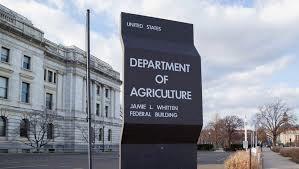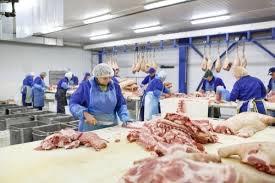 The USDA has added $22 million to the Meat and Poultry Inspection Readiness Grant program that now has attained $54.6 million. The latest infusion will fund 111 projects in 37 states.
The USDA has added $22 million to the Meat and Poultry Inspection Readiness Grant program that now has attained $54.6 million. The latest infusion will fund 111 projects in 37 states.
Secretary of Agriculture, Tom Vilsack, stated, “The meat and poultry inspection readiness grants will help meat and poultry processors make necessary facility improvements, expand their businesses and strengthen the Nation’s food supply chain.” He added, “These grants are one part of USDA meat and poultry supply chain initiatives and will contribute to a transformation of the food system”.
Recipients of grants can receive assistance through the Meat and Poultry Processing Capacity Technical program launched in March 2022. Improvements and expansion funded through the MPIRG will allow processors to qualify for federal inspection or a State Cooperative Interstate Shipment program. This allows small processors to sell product across state lines to develop new markets.
T he USDA release provided examples of grant recipients in states including Oklahoma, Maine, and South Dakota who have purchased equipment to modernize plants and conform to FSIS protocols.
he USDA release provided examples of grant recipients in states including Oklahoma, Maine, and South Dakota who have purchased equipment to modernize plants and conform to FSIS protocols.
Investment in excess of $55 million in small plants must be carefully monitored to ensure that expenditure is consistent with program objectives. An even more difficult task facing USDA will be to evaluate the return on expenditure of public funds to producers, communities and the supply chain.
The USDA, under the current Administration, believes that disruption of the supply chain, as a result of COVID in 2020, was a consequence of concentration of red meat processing in a few large plants. Sprinkling money among many small enterprises will not necessarily move the needle or provide the Nation with greater food security. Supporting labor-intensive local facilities may make for good politics. Ultimately, economies of scale and logistics inherent in the model followed by the “Big Four” and most second-tier packers will be responsible for supplying the current and future needs of domestic and export markets. The U.S. operates a free-market economy and attempts at manipulation by the USDA will ultimately be futile and wasteful.